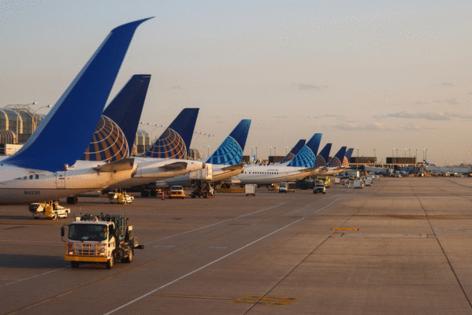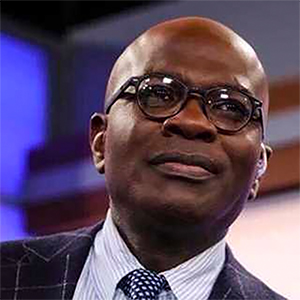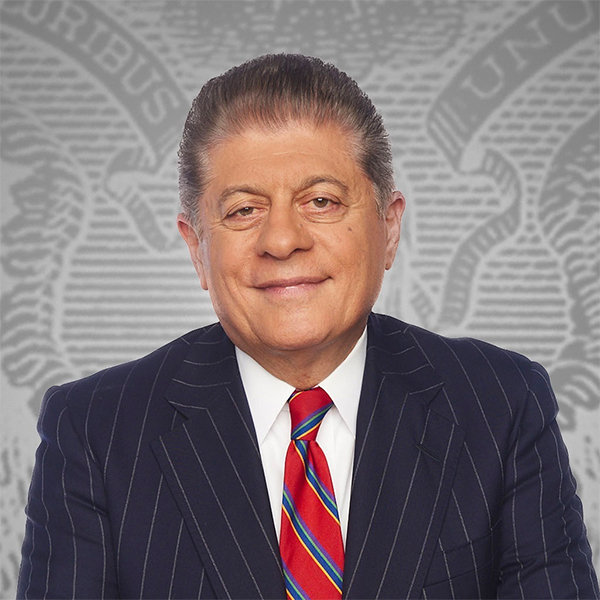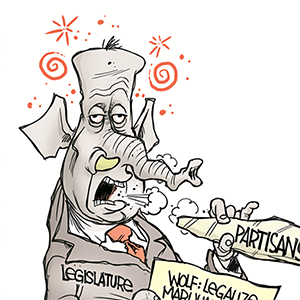US airport flight cuts set to kick in early Friday morning
Published in Political News
WASHINGTON — U.S. cuts to flight capacity are set to give many travelers less than 24 hours to find out if their journey has been canceled, potentially creating more disruption for an air travel industry already buckling under the longest government shutdown in history.
With nearly 400 flights already canceled by two of the largest airlines for Friday and more on the way, the world’s busiest aviation market has become a major flashpoint in the long-simmering clash between Republicans and Democrats over federal funding, with President Donald Trump ramping up pressure to forge a deal.
The Republican-led administration has said the reductions are necessary to keep flying safe amid staffing shortages brought on by the shutdown, while at least one top congressional Democrat has called for more transparency to ensure the move isn’t politically motivated.
The U.S. Transportation Department and Federal Aviation Administration announced on Wednesday that they would order airlines to cut 10% of flight capacity across 40 major airports, in an effort to relieve pressure on the aviation system during the ongoing shutdown.
But details on the measure — unveiled by Transportation Secretary Sean Duffy and FAA Administrator Bryan Bedford — have been sparse and people familiar with the government’s thinking have cautioned that nothing is final until an official order is released.
Some aspects of the plan have begun to emerge. Airlines have been told that the flight cuts should come between 6 a.m. and 10 p.m., the people said, asking not to be identified because the details aren’t yet public.
Flights in and out of the largest U.S. airports will be affected, including the New York-area airports of LaGuardia, Newark and John F. Kennedy, as well as hubs in Los Angeles, Chicago, Denver and Atlanta, to name a few, according to a preliminary list sent to airlines by the U.S. government.
United Airlines Holdings Inc. has announced it will cut 4% of U.S. flights scheduled on Friday, Saturday and Sunday, according to a company spokesman. The cancellations amount to less than 200 flights a day. Delta Air Lines Inc. also said it was canceling about 170 flights for Friday.
Government officials previously informed carriers that they would likely have to cut flight capacity by 4% on Friday, with the amount gradually building to 10% sometime next week, the people familiar with the plans said. International flights would be exempt from the cuts. These details, however, are still subject to change.
Representatives for the FAA and Transportation Department didn’t immediately respond to requests for comment on the plan details.
The big four airlines, which are exposed to the largest hubs in the country, should be the most impacted in November and December, according to a report from Sheila Kahyaoglu, an analyst with Jefferies.
The 10% cut implies American Airlines Group Inc., Delta, Southwest Airlines Co., and United will have to trim overall seat capacity by roughly 6%.
“We expect the vast majority of our customers’ travel will be unaffected, and long-haul international travel will remain as scheduled,” American Airlines said in a statement. “As schedule changes are made, we’ll proactively reach out to customers who are impacted.”
United Airlines has also said that it will focus reductions on regional and domestic mainline flights that don’t travel between its primary hubs.
Lawmakers Weigh In
The government wants to act quickly because it has already detected signs of fatigue in the U.S. aviation system as the shutdown drags on, Bedford said during Wednesday’s press conference.
“They’re stranding thousands of travelers at the airports,” Trump said earlier this week at the America Business Forum in Miami. “All because they want to return to the failed Biden policies.”
Trump’s comments and an earlier round table with airline executives were the latest rhetoric intended to ratchet up pressure on Democrats to forge a deal to end the shutdown.
“Shutting down parts of our National Airspace System is a dramatic and unprecedented step that demands more transparency,” Congressman Rick Larsen, the top Democrat on the House Transportation and Infrastructure Committee said Wednesday. He called on the FAA to immediately share the risk assessment and data it used to make the decision.
Senator Ted Cruz, the Republican chair of the Senate Commerce Committee, praised the decision during an unrelated hearing Thursday, saying it was a necessary move to keep the flying public safe.
The FAA has had to slow traffic at several airports across the U.S. since the funding lapse began on Oct. 1 due to an uptick in air traffic controller staffing shortages.
More than 13,000 controllers have been forced to work without pay, taking both an emotional and financial toll. Shutdowns often coincide with more controllers — as well as Transportation Security Administration agents also working without pay — calling in sick.
Duffy has said that, normally, 5% of delays are caused by staffing-related issues, but since the shutdown started that number has routinely been higher.
Chris Sununu, the president and chief executive officer of industry trade group Airlines for America, said in a statement Wednesday that more than 3.4 million passengers have been impacted by delays and cancellations related to staffing shortages. The issues are likely to worsen as the busy Thanksgiving travel season approaches.
-----------
(With assistance from Justin Sink and Danny Lee.)
©2025 Bloomberg L.P. Visit bloomberg.com. Distributed by Tribune Content Agency, LLC.
























































Comments